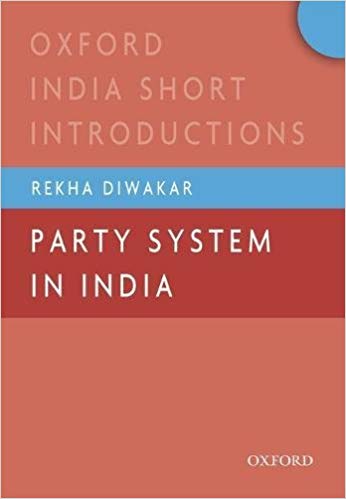India’s success in remaining a democracy despite considerable odds is viewed and judged primarily in its minimalist/procedural form, encompassing little apart from a multiparty system, regularly held free and fair elections, peaceful and regular transfer of political power on a periodic basis through the electoral route. India stands out among the ‘new’ democracies for having an uninterrupted history of holding of free elections over such a long period of time (even national emergency imposed in the mid–seventies did not disturb this, only delayed it). What has also impressed political analysts globally is the sheer scale1of participation, involving multiple parties and candidates, and with intense participation of the huge electorate, constituting one sixth of the world’s electorate. Unsurprisingly then, the study of elections, electoral system and electoral politics has assumed great significance in the last three decades in academic writings on Indian politics. It is this success that makes it imperative to study political parties and the party system for any student of Indian politics, since parties constitutes the ‘key building blocks’ of the edifice of electoral democracy.
Indian democracy, in its seven decades old career, has been witness to sixteen Lok Sabha elections and over 350 State assembly elections, not to mention the countless local government elections (p. xv). When it comes to the number of parties and level of electoral participation, India, unlike the ‘older’ democracies of the West, has been witness to a massive increase on both counts. The 2014 elections saw 464 parties in the fray, including 419 registered unrecognized parties, 6 national and 39 State parties. Of these, as many as 38 parties were seat winning parties in the 2014 elections (now 40, with the addition of RLD and JMM) of all hues turning India into an ‘electoral laboratory’ for the study of parties in a liberal democratic setup (p. 5). The same election saw an all time high of 66 percent turnout, much higher than the ‘older’ democracies of the West. Unlike the latter, the turnout has increased incrementally with the lower level bodies elections.

